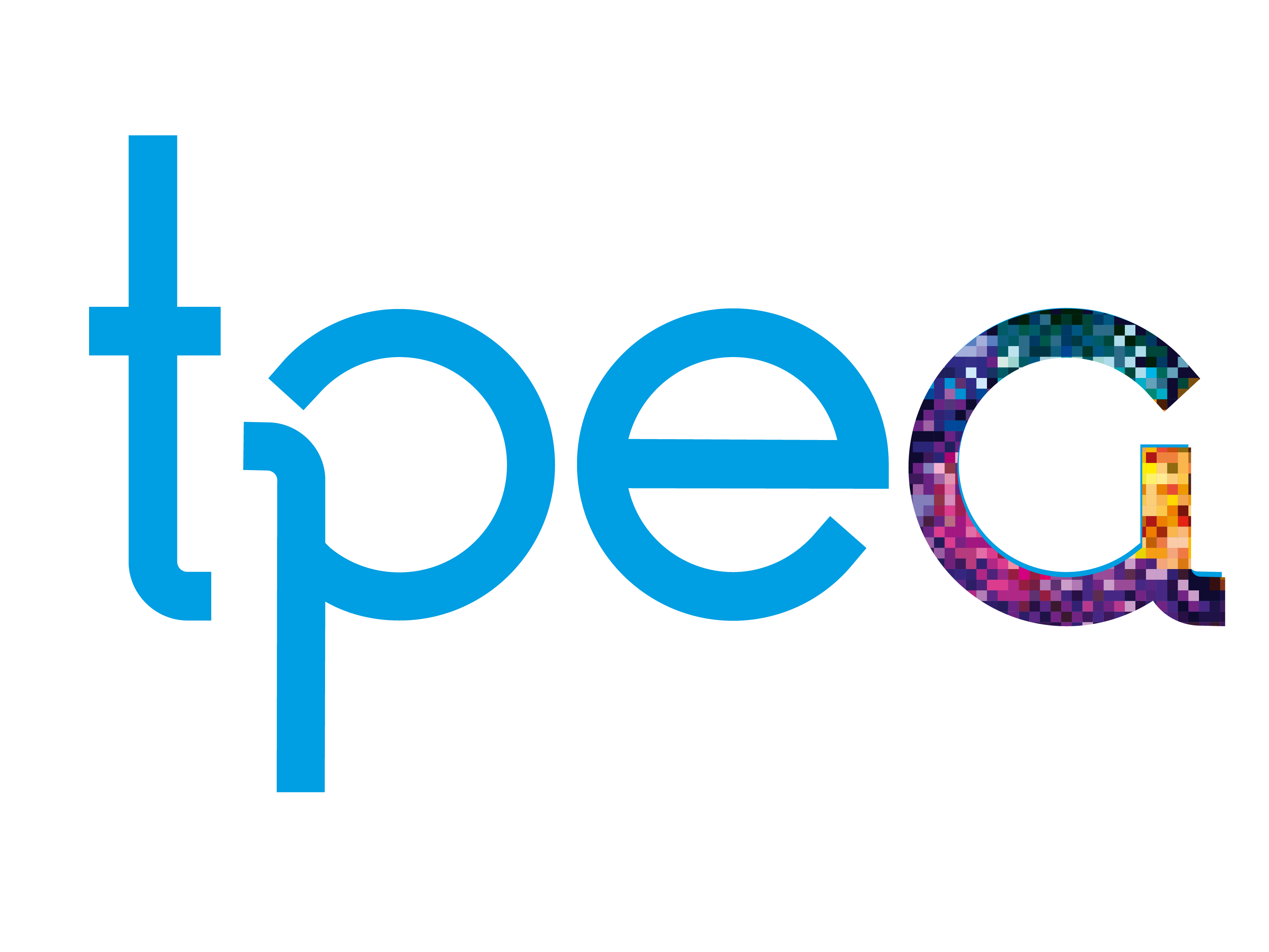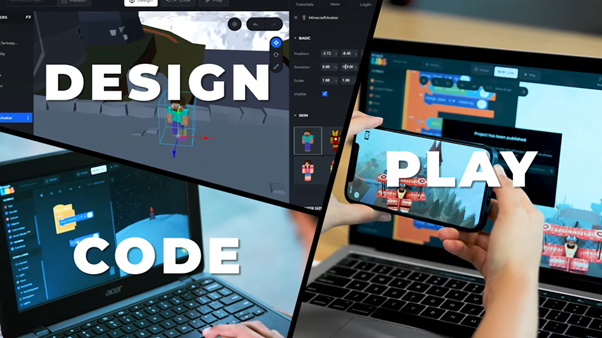The importance of digital skills today is undeniable. In a world where I can use Chat GPT to create a lesson plan, I begin to wonder whether, at some point in the future, my teaching role will even exist. The evolution of the metaverse raises questions on whether our primary computing offering can ever keep up with technological advancements. Recent government figures show that currently 80% of UK jobs require digital skills and that the existing gap of digital skills costs the UK economy up to £63 billion a year in potential GDP. It feels like, as a teacher and children’s rights advocate, I must also mention that it doesn’t seem right to reduce this just to, ‘I must make sure I educate my students to get the best job,’ but rather also consider that if children are unable to understand technology at the rate at which it advances, are they safe? Is their privacy protected? Does their lack of understanding have greater implications on their rights? This article discusses how Hatch Kids can be used in primary computer science teaching and whether it is time to move on from the more universally used Scratch.
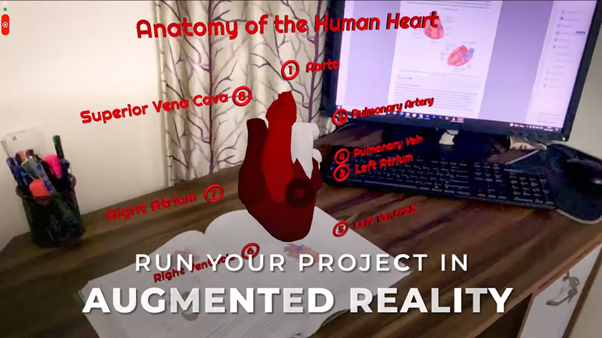
We are not starting afresh when it comes to programming pedagogy in schools. It has long been recognised that visual ‘block coding’ platforms like Scratch support children’s early understanding of coding principles. I’m even beginning to encounter qualified teachers who used Scratch in their own computing learning at primary school. To be clear, in this article block coding refers to a coding language that uses visual blocks which users can drag and drop to connect as jigsaw pieces creating simple programmes. The shape of each block relates to its function within the code and only pieces that can be sequenced and used together will ‘fit’ much like a jigsaw puzzle. What has progressed in the time since the creation of block coding platforms, is the development of better pedagogies that use this style of resource based upon research informed learning theory. But that’s a topic which could fill an entire article of its own. What is generally agreed is that block coding platforms are brilliant resources to support children and young people’s early understanding of programming. This has led to several programming platforms being created after Scratch such as most recently, Hatch Kids.
There are many similarities between both platforms but let’s focus our attention on what makes them different. Camp K12 (the company behind Hatch Kids) co-founder and CEO, Anshul Bhagi, has said that this comes down to the limitation of most coding platforms being restricted to 2D project creation. In contrast, Hatch Kids offers a metaverse and AR/VR creation platform. Whereas with Scratch, pupils might animate a simple 2D cartoon rocket to launch, move upwards and glide across a variety of backdrops, in Hatch Kids this becomes 3D and possible to view from multiple angles. Additionally, Hatch Kids offers more detailed graphics and the ability to scan a QR code to watch the animations on tablets or a phone. Projects can even be used in conjunction with AR and VR apps and technologies bringing them to life before students’ very eyes (picture opening a phone camera and having a fully dissectible heart animation in view with full explanations of each part of the anatomy). This opens a whole new world of programming opportunities to young learners by making the complexities of AR & VR programme design accessible through block coding. Arguably, this tool could get us a lot closer to closing that £63 billion a year potential GDP gap.
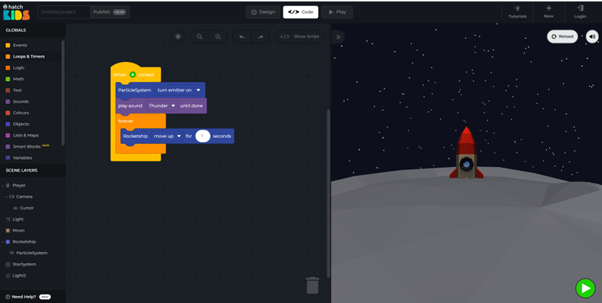
Hatch Kids’ offering of 3D project creation naturally adds to the complexity of this coding experience. This is not to say there aren’t simpler project options available and when many children have no problems navigating the likes of Minecraft, I’m sure the 3D world building design area of Hatch Kids will be unlikely to faze them either. The ability to slide a toggle and move between code and design mode in Hatch Kids also creates the perfect interface to introduce computing concepts like levels of abstraction and therefore the ‘bigger picture’ of digital game creation too, something that perhaps isn’t so explicit in Scratch. I must also mention, it’s a welcome relief to be able to click the ‘undo’ and ‘reload’ buttons on Hatch Kids. I’m sure the sea of hands-up in computing lessons on Scratch when a student has ‘lost’ their sprite off-screen or deleted an entire lesson’s worth of code when removing a sprite is not an unfamiliar scene for many teachers.
Having said that, considering the greater complexities of 3D world creation in Hatch Kids, I’m led to wonder whether it is as simple as ‘jumping ship’ from the simpler 2D options available on Scratch. When in educational settings we are regularly discussing the importance of understanding cognitive load, I’m not sure I would suggest this is a tool I want to remove from my resource ‘kit’. Let’s not forget the challenges of workload and time that teachers encounter daily too. Introducing a new platform like Hatch Kids inevitably requires new or adapted planning and resources not to mention teacher training to enable enough understanding for teaching the use of a new platform. And this is in a subject that historically teachers have felt least confidence in.
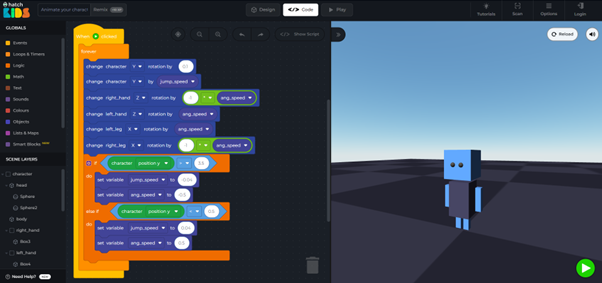
While I won’t unpick and compare every single function available on both learning platforms, what it does raise are some interesting questions for educators to consider. My immediate thought was, does Scratch still have a place in primary computing curriculums? At this moment in time, I’m inclined to say yes. It allows for the complexities of 3D coding to be built towards which makes me lean towards thinking there is still space for it in learning journeys that scaffold and build upon previous learning. Besides, logically having more of something is surely an opportunity for variation of curriculum offering without being tied to one choice. I’m also led to wonder what this means for primary teachers already juggling the challenges of time and workload. That’s without going into the lack of confidence within teaching computing in primary schools. With the ever-increasing pace of technology whirring along in the background, is there the resource and skill set in schools to adapt curriculum towards using more advanced offerings like Hatch Kids? What I can say with confidence is that Hatch Kids opens new and exciting opportunities for children and young people to program projects more in tune with technology’s offerings today. Let’s see where that takes us…
About Naomi Gale
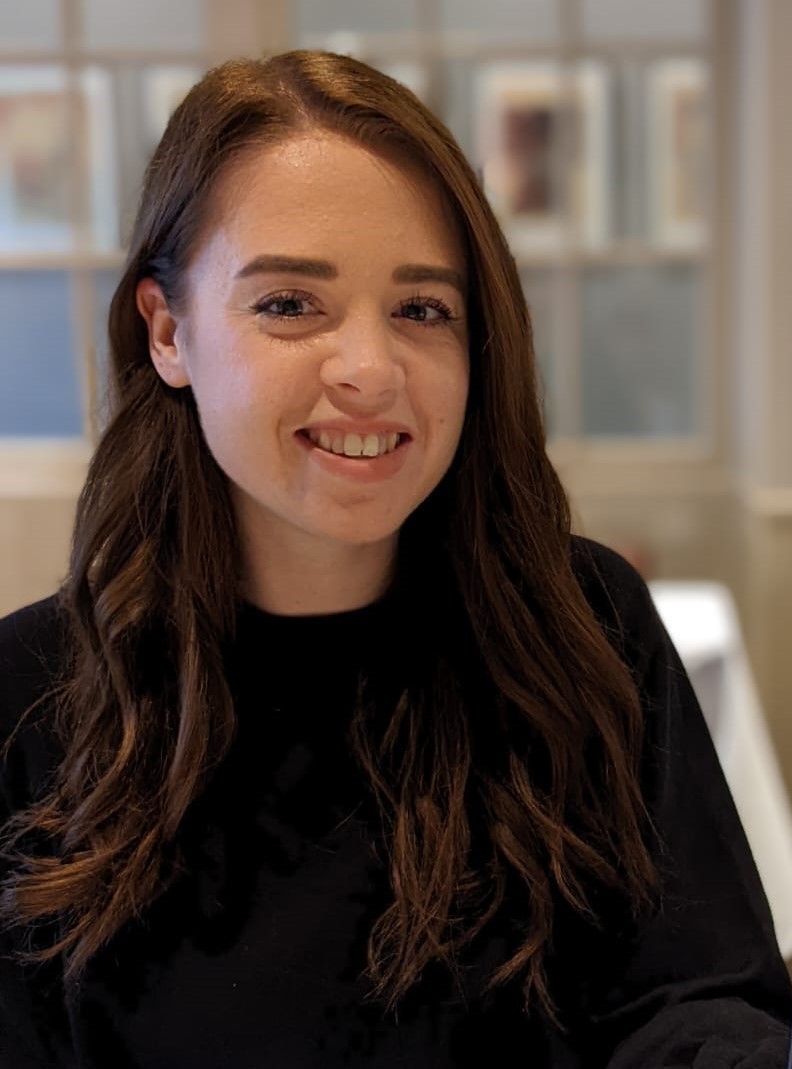
I have been a computing subject specialist teacher for 4 years and have transformed the computing curriculums in two primary schools in my leadership roles. I’m passionate about improving female representation in computer science and also giving primary students the best possible start to their coding learning journey. My career in computing specialism began as a result of lockdowns when I set up a Computing YouTube channel for my school’s students. I haven’t looked back!
References
https://www.gov.uk/government/news/new-digital-strategy-to-make-uk-a-global-tech-superpower
